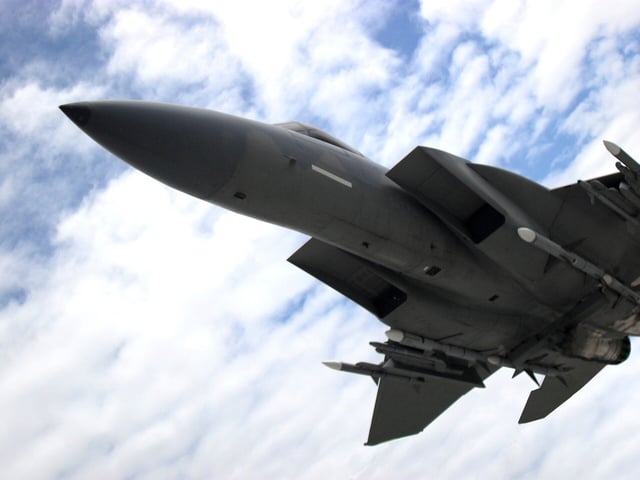Overview
- A PLOS Climate study estimates the U.S. military emitted 636 million metric tons of CO₂ equivalent from 2010 to 2019, making it the top institutional emitter worldwide
- Statistical analysis shows that reducing defense spending cuts energy consumption more per dollar than equivalent spending increases raise it
- Jet fuel drives 55% of the military’s total energy use, highlighting aviation as the hardest-to-abate source of emissions
- Forecasts indicate that annual budget cuts of about 6.6% through 2032 could achieve energy savings equal to the annual use of Slovenia or the state of Delaware
- Researchers plan to examine the mechanisms behind the spending-to-energy link and assess whether similar patterns appear in other major militaries



